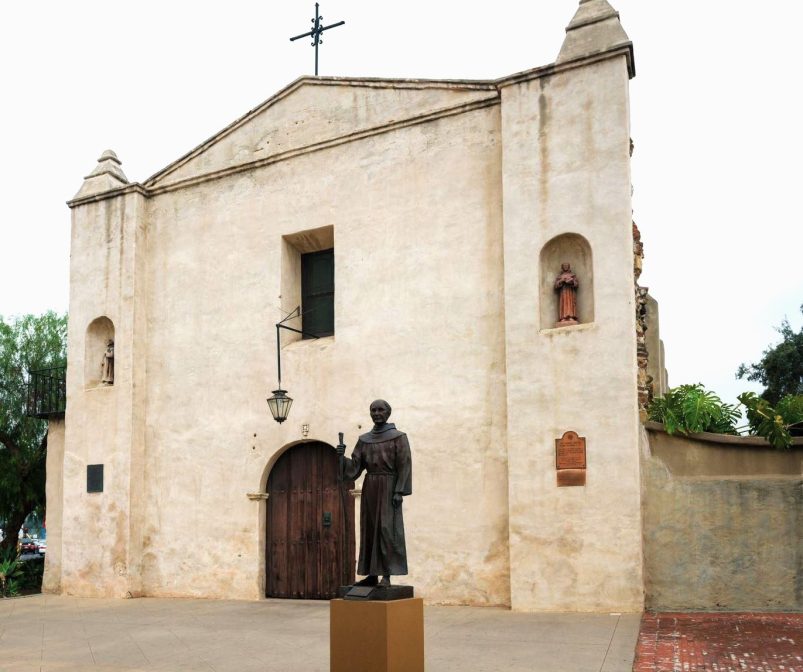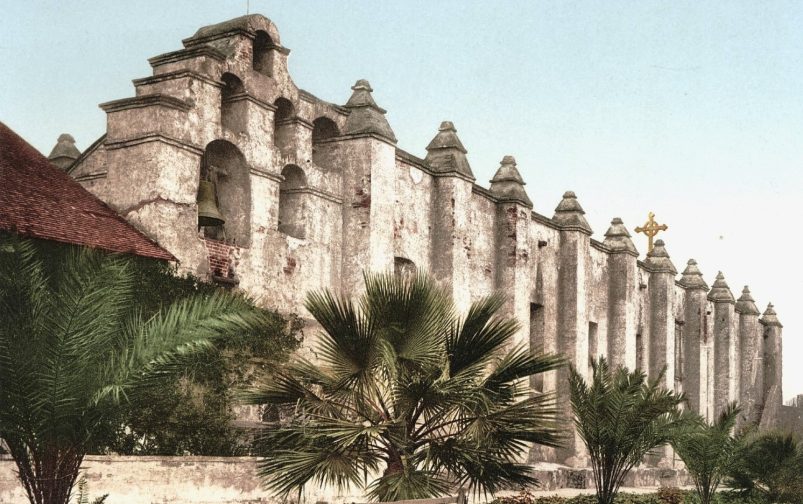The fourth of the California missions, the San Gabriel Arcángel Mission, had three sites. The first place proposed was well inland from the ocean near the river that is now called Santa Ana. After arriving there, the Founding Fathers decided to look for a better location. Moving overland, they crossed the San Gabriel River and, on September 8, 1771, founded the mission near the present city of Montebello. Five years later, they found an even better site five miles closer to the mountains and moved the San Gabriel Arcángel mission to its present location in 1776. The new site was on a broad and fertile plain, and San Gabriel became the wealthiest among all early missions. Construction of the buildings seen today began in 1796.

An event of great importance occurred in 1781 when a little party of two Padres, several Indian acolytes, and eleven families marched nine miles westward to found “El Pueblo de Nuestra Reina de Los Angeles” in English, the City of our Lady Queen of the Angels, today’s Los Angeles, the magic city of the Southland.
San Gabriel Arcángel suffered through the usual problems with greedy politicians and land-hungry colonists in this most favored of all southern California locations. With the Mexican decrees of secularization, the Civilians had won. The control of Mission San Gabriel turned over to a Civil Administrator in 1834. Within ten years, the mission was spoiled of everything of any value. As usual, the ubiquitous Pio Pico was involved. Nonetheless, the arrival of United States troops halted his sale of the mission property to a friend.
The Whittier earthquake heavily damaged the old church of Mission San Gabriel Arcángel. Now, the damage has been repaired, and the entire structure strengthened. Other areas are still under restoration. The church is open to the public, and the ancient cemetery, the cactus garden, and much of historical interest may be seen on the mission grounds. Today, San Gabriel Arcángel possesses one of the finest collections of mission relics still in existence. Its hammered copper baptismal font was the gift of King Carlos III of Spain in 1771. The six altar statues were brought around Cape Horn from Spain in 1791.
